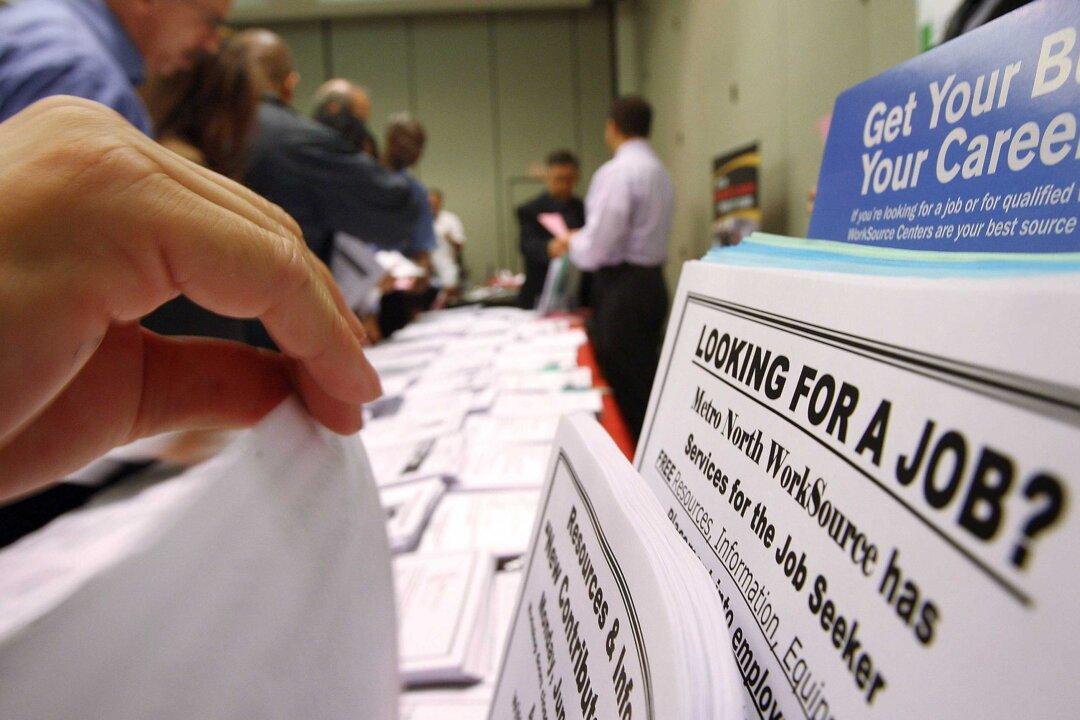The fear among Americans about losing their jobs and being unable to pay their bills is at the highest level in years.
Results of the latest Survey of Consumer Expectations, released on April 8 by the Federal Reserve Bank of New York’s Center for Microeconomic Data, show that concern among Americans about losing their jobs is at the highest level it has been since September 2020. Their worry about being unable to make the minimum payments on their debts is also at its highest point since the onset of the COVID-19 pandemic.





